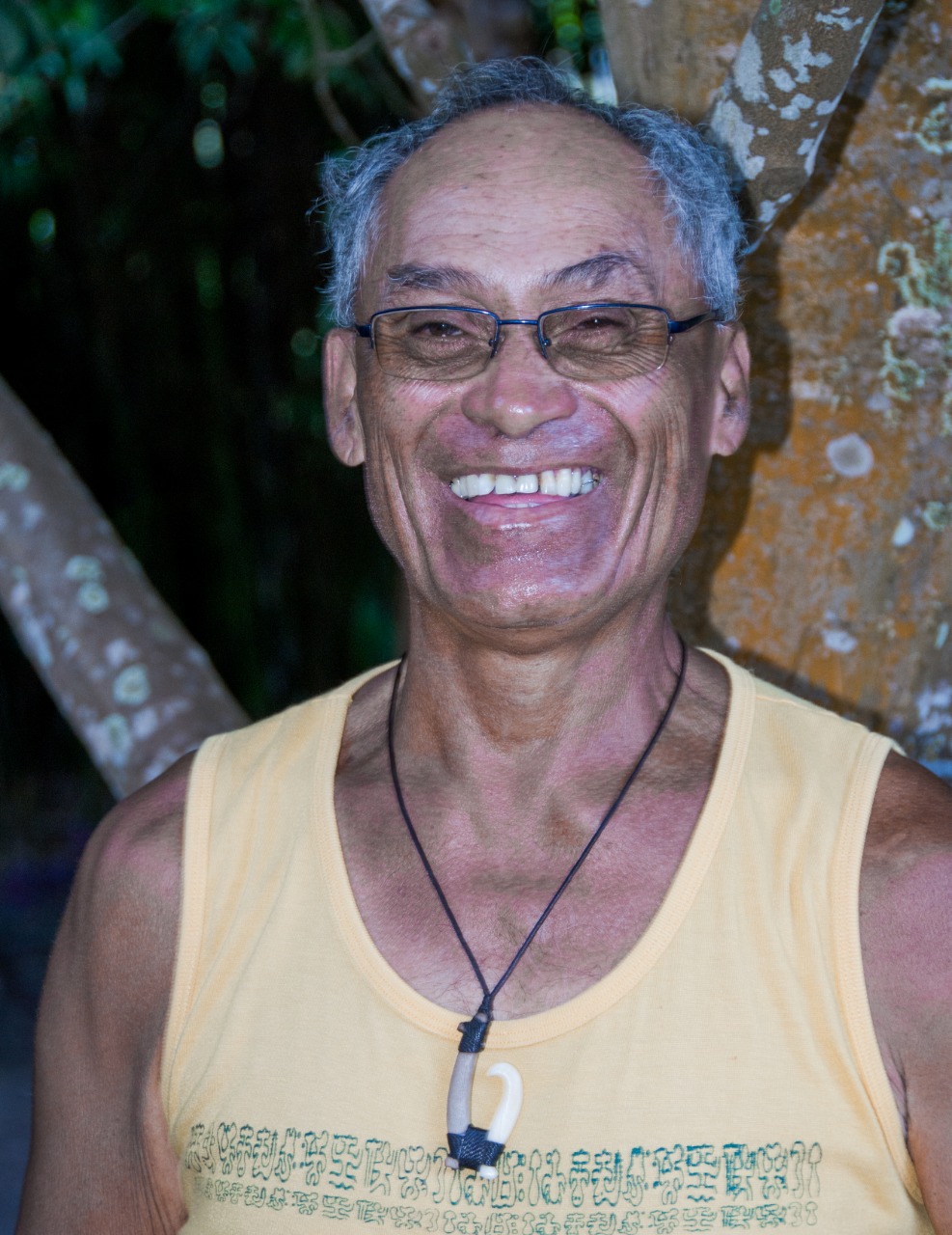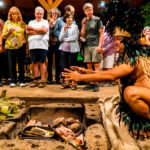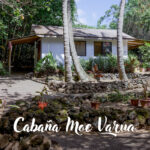Niso Tuki Tepano

“My memories from my childhood are of a lot of work. We would go out very early to the fields where we would plow the soil with oxen. It was work all day long. We raised chickens and there was a paddock for the cows, which we milked and made fresh cheese. I was the one who had to go to the houses of the Navy to deliver milk, eggs and cheese. The milk was kept in wine bottles, since we didn’t have anything else at the time. We drank tea or water from tin cans which we we kept from the preserved fruit from the continent. Our daily diet was ‘mote’ (sprouted barley) and cooked taro. The soil was fertile so we planted corn, sweet potatoes and watermelons.”
One of the main problems that the Island had to face since the annexation to Chile in 1888 until 1950 was leprosy which arrived from Tahiti. Niso recalls that when he was a child, he would visit some of the Rapu relatives who had the disease. “The Navy office was where the Banco del Estado is today and they controlled that no one could leave the Island. I remember that in 1969 I went with Elias Rapu to do military service at Playa Ancha (Valparaiso). One captain made us take X-rays, probably for the leprosy, and since we didn’t show any signs, we could enlist.


Niso remembers: “The ECA also arrived to sell groceries, cigarettes, everything. Once the airport was ready, all the owners of properties which were alongside ceded a part for the road, except one, Rafael Roe, whose descendants – after selling off most of their land to others – are now trying to reclaim the road. The young people today are terrible. They aren’t interested in traditions or in the common good. They sell their land, they aren’t interested in who they are, they don’t want to learn their language, their genealogy, their history or even what place names mean. They’ve even lost respect for their koros, the elders. The people of the Island today are all makupuna, grandchildren who just want to make money off of the inheritance that was left to us by our tupunas, our ancestors.” Niso stresses that the ancestors were wise people, respectful of their hierarchies and of nature: “Our tupunas, the first navigators who arrived with Hotu Matua, were scientists. Tu’u Koiho had knowledge of astronomy, of the ocean currents, of the winds. He was accompanied by Nuku Kehu, an architect, Heiromo, an agronomist and Paparona, who brought with him the knowledge of the writing of Rongo-Rongo.” According to the stories that Niso heard from his elders, this was written in high relief when dealing with astronomical and in low relief for matters relating to survival. The manner of reading was through touch, so that they could be read even in the dark. “They also had knowledge of the spirits, for example, people today think that Make Make is a god, but no, he’s a spirit.” Niso tells his version of an old legend: “A woman named Haua was at Hanga Nui to get water in a gourd. The current started carrying the gourd away and she went in to rescue it. When she went in the sea, a shark came near to her and swallowed her whole, only to spit her out again on Motu Motiro Hiva (Salas y Gomez Island). She climbed up the rocks and saw that there was no house and no plants, just birds. In the meanwhile, the shark was circling the island until he came out on the rocks transformed into a man. The old woman Haua asked his name and he responded Make-Make. This was the first time in the history of Rapa Nui that Make-Make appeared. He was also called Atua Hiva.“

Since 1988, Niso has worked with the Kia Koe tour operator, driving tour buses. He has also been very active with the Ka Haka Hoki Mai Te Mana Tupuna organization in seeking the repatriation and reburial of Ivi Tupuna, the bones of the ancestors: “For us the Moai (statues) over the Ahu (platforms) mean nothing without their Pukao (headdresses), their Mata (eyes) and their Ivi Tupuna.”
Featured Reports:
Manuel Tuki
Manuel TukiAt almost one hundred years of age, the sculptor Manuel A. Tuki is a shining example for the young people of today. He lives on his farm and, since he retired, he hasn’t stopped carving in stone and wood. Major works with his signature are to be found in...
María Angata
María Angata......... y la Rebelión de & the Rebellion of 1914Maria Angata Veri Tahi, daughter of Hare Kohou (of the Miru tribe) and Veri Tahi a Kau (of the Haumoana tribe) was born in 1854. During her childhood, when she was barely 8 years old, she witnessed the...
Patricia Lillo Chinchilla
Patricia Lillo ChinchillaPatricia Lillo, daughter of Eusebio Lillo, thus a descendant of the composer of the Chilean national anthem, and Elba Chinchilla, has lived for more than 50 years on Easter Island, as a result of her older sister Elvira marring Marcelo...














